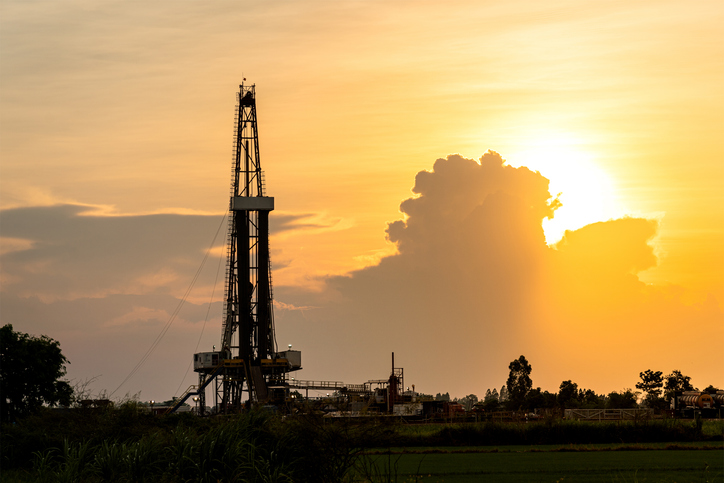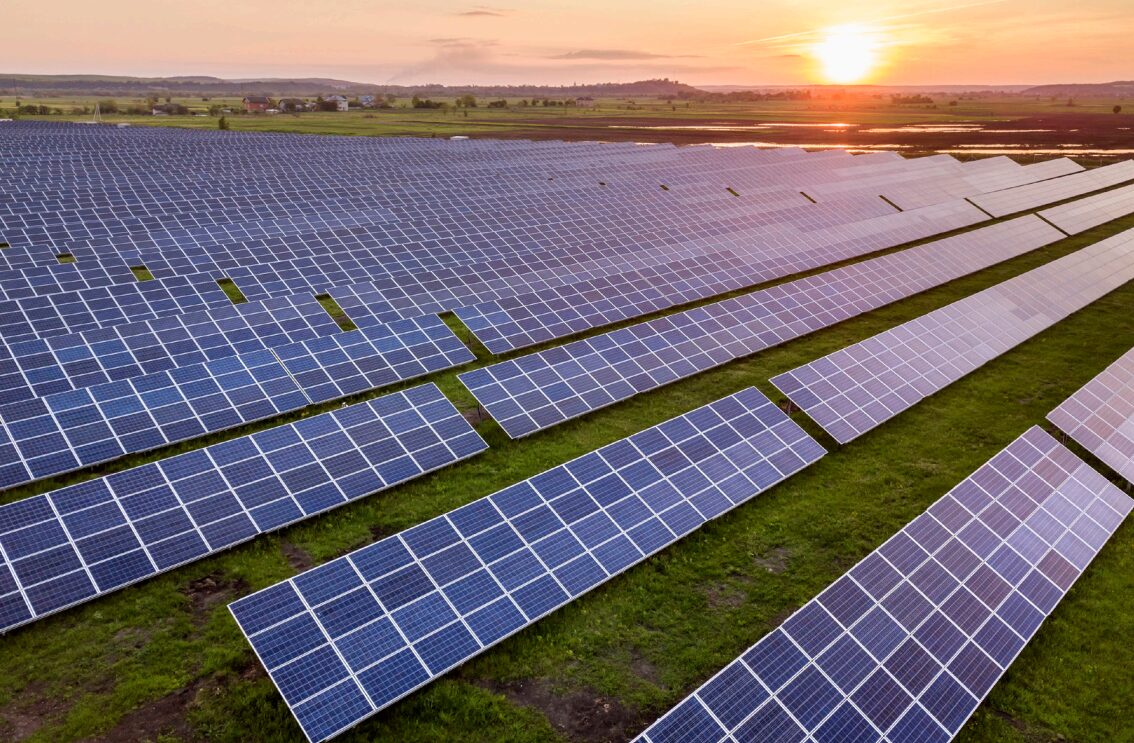By Wilson Lawrence
As climate change accelerates, technology is stepping up. From AI to electrification, this article explores how innovation is powering our journey to net-zero, one bold solution at a time.
The global transition to net-zero emissions is no longer a future aspiration- it’s an immediate necessity, driven by increasingly visible climate change impacts like heatwaves, extreme rainfall, and disrupted agriculture. Recent events, as Chennai’s devastating flooding and record-breaking temperatures across North India, underscore the rising cost of inaction and the urgent need for scalable climate solutions.
Industries, particularly the built environment and HVAC systems, are central to this conversation, as they contribute nearly 40% of global CO₂ emissions. This presents both a tremendous responsibility and an opportunity to lead the charge toward a more sustainable future. From AI-powered energy optimization to next-generation refrigerants and electrification, industries are rapidly adopting breakthrough innovations to curb emissions and build resilient systems.
Here in India, where rapid urbanisation and infrastructure expansion are transforming the landscape, Engineering and technology centers (ETCs) are playing a pivotal role in developing and deploying climate-positive solutions to make a real difference.
AI, Digitalization, and Smart Building Technologies for Energy Efficiency
One of the most transformative shifts is how digital technologies revolutionise building energy management. With the integration of the Internet of Things (IoT) devices, Artificial Intelligence (AI), and advanced building automation systems, energy management has become smarter, faster and more accurate.
These technologies enable real-time monitoring and control, with AI-powered HVAC systems dynamically adjusting operations based on factors like occupancy levels, weather conditions, and energy pricing, resulting in energy savings of up to 30% according to McKinsey’s Global Energy Perspective.
Moreover, AI-driven analytics support predictive maintenance allowing early detection of potential equipment failures. This not only reduces operational disruptions but also extends assets lifespan. Through demand response integration, buildings can now communicate with the energy grid, adjusting consumption during peak hours and contributing to grid stability and decarbonization.
Electrification and Heat Pumps: Redefining Decarbonization
The electrification of heating, particularly in the industrial and commercial sector, is rapidly emerging as a high-impact strategy to reduce reliance on fossil fuels. High-efficiency electric heat pumps, powered by renewable electricity, offer a clean, scalable alternative to traditional heating systems.
Enhanced by variable speed drives, smart controllers, and optimized heat exchangers, today’s heat pumps are viable across a wide range of climates – from humid coastal regions to colder hill stations. According to the International Energy Agency (IEA), widespread adoption of heat pumps could cut global CO₂ emissions by up to 500 million metric tons annually by 2030 – comparable to the annual emission of Japan.
In India, leading IT campuses and FMCG manufacturers have already begun deploying electric heat pumps in their operations, supporting corporate sustainability targets while demonstrating the economic and environmental viability of this solution.
Next-Generation Refrigerants and Sustainable Thermal Management
Refrigerants used in cooling and heating applications have historically been potent greenhouse gases. However, the sector is undergoing a major shift with the adoption of low-global-warming-potential (GWP) refrigerants essential to achieving net-zero targets. The Kigali Amendment to the Montreal Protocol mandates an 85% reduction in hydrofluorocarbon (HFC) consumption by 2047, accelerating the global transition towards climate-friendly alternatives.
In response, the HVAC industry is embracing next-gen refrigerants like hydrofluoroolefins (HFOs) and natural refrigerants like CO₂ (R744) and ammonia (R717). For instance, R514A has a GWP of less than 2, which is approximately 1/650th of previous-generation refrigerants like R-123, marking a dramatic leap forward in sustainable cooling technologies. This transition not only reduces emissions but also ensures regulatory compliance, future-proofs infrastructure, and aligns with Environmental, Social, and Governance (ESG) goals.
Energy Recovery and Thermal Storage: Efficiency Multiplied
Innovations in energy recovery and thermal storage are unlocking further efficiencies in HVAC and industrial energy systems. Heat recovery systems capture and repurpose waste heat that would otherwise be lost, improving energy utilization rates up to 20-25% in many commercial buildings.
Meanwhile, thermal storage systems such as chilled water storage or phase-change materials allow buildings to shift heating and cooling loads to off-peak hours. This not only reduces energy cost but also eases strain on the grid during high-demand periods. Cities like Bangalore and Hyderabad are now exploring district cooling systems that leverage thermal storage, potentially revolutionising energy usage across high-density urban zones.
Energy The Road Ahead: Collaboration, Commitment, and Courage
Achieving net-zero emissions is a shared mission. It requires businesses to accelerate technology adoption, governments to implement bold policy frameworks, and individuals to make conscious choices around sustainability. As technologies continue to evolve, companies that embrace innovations will contribute to the climate cause and secure a competitive edge in an increasingly carbon-aware market.
The road towards net zero is not without obstacles, but the pace of innovation offers hope. By committing to bold action and leveraging the best of human ingenuity, we can shape a cleaner, more resilient future for generations to come.

(The author is By Wilson Lawrence, VP & GM, Engineering & Technology Center India, Trane Technologies, and the views expressed in this article are his own)



